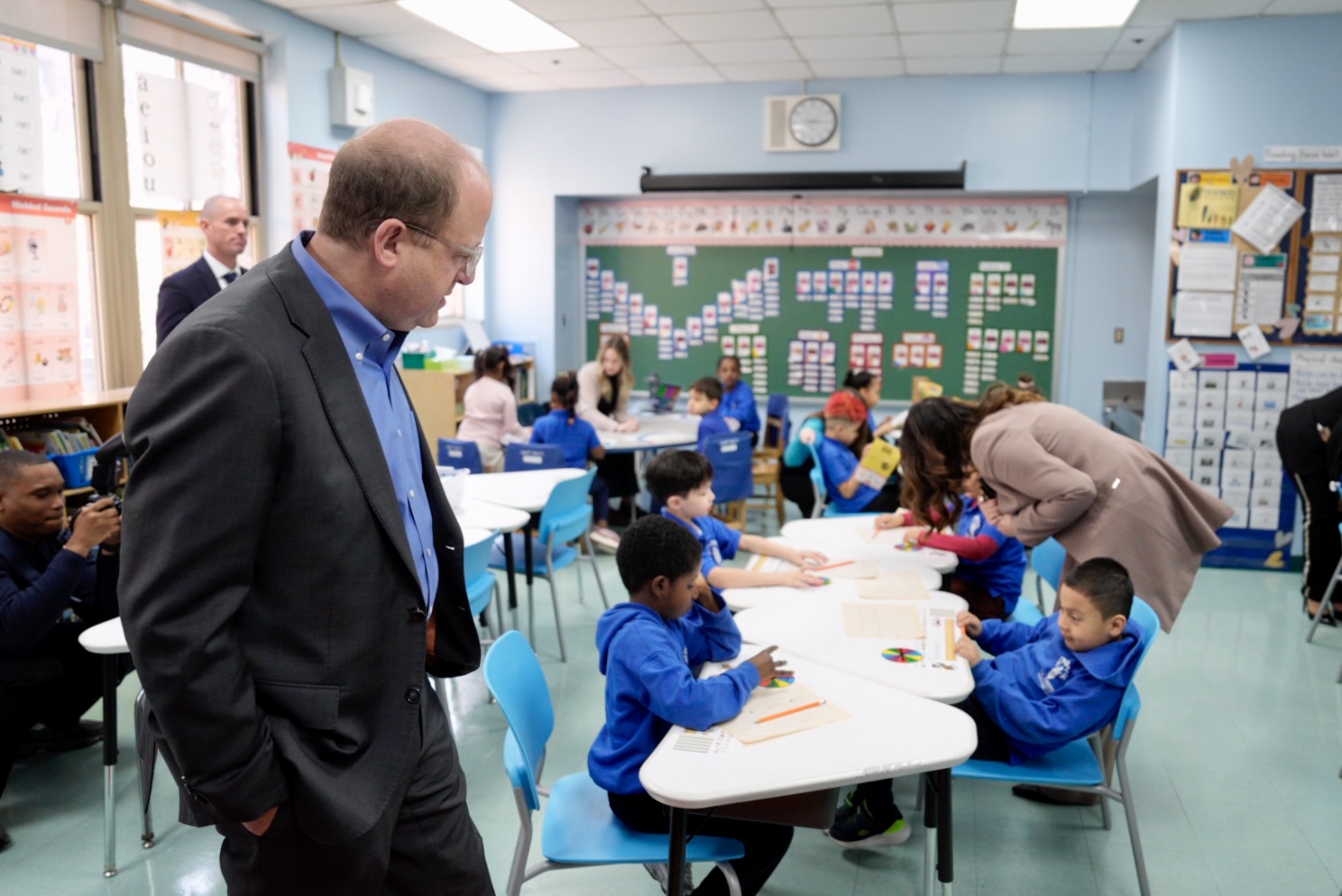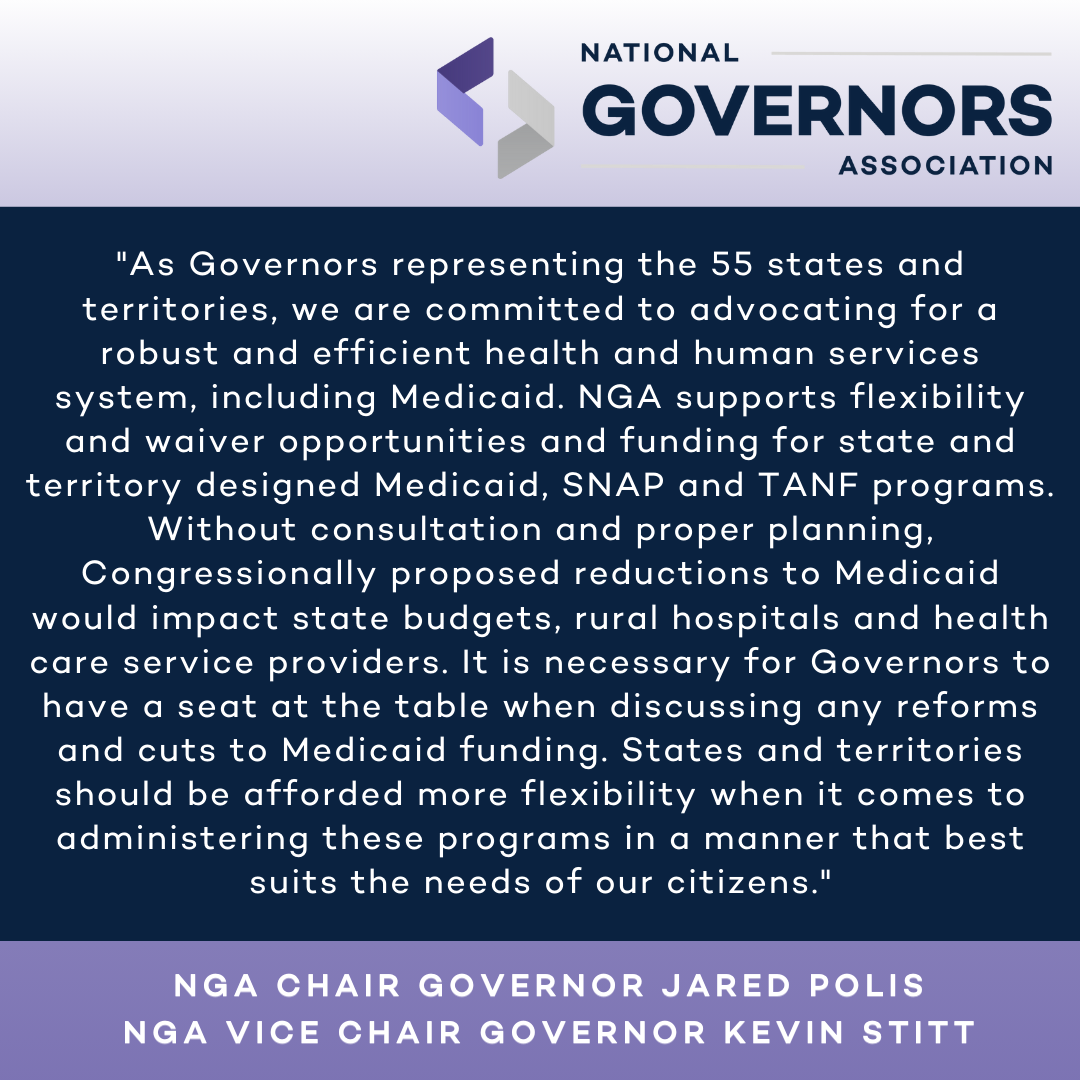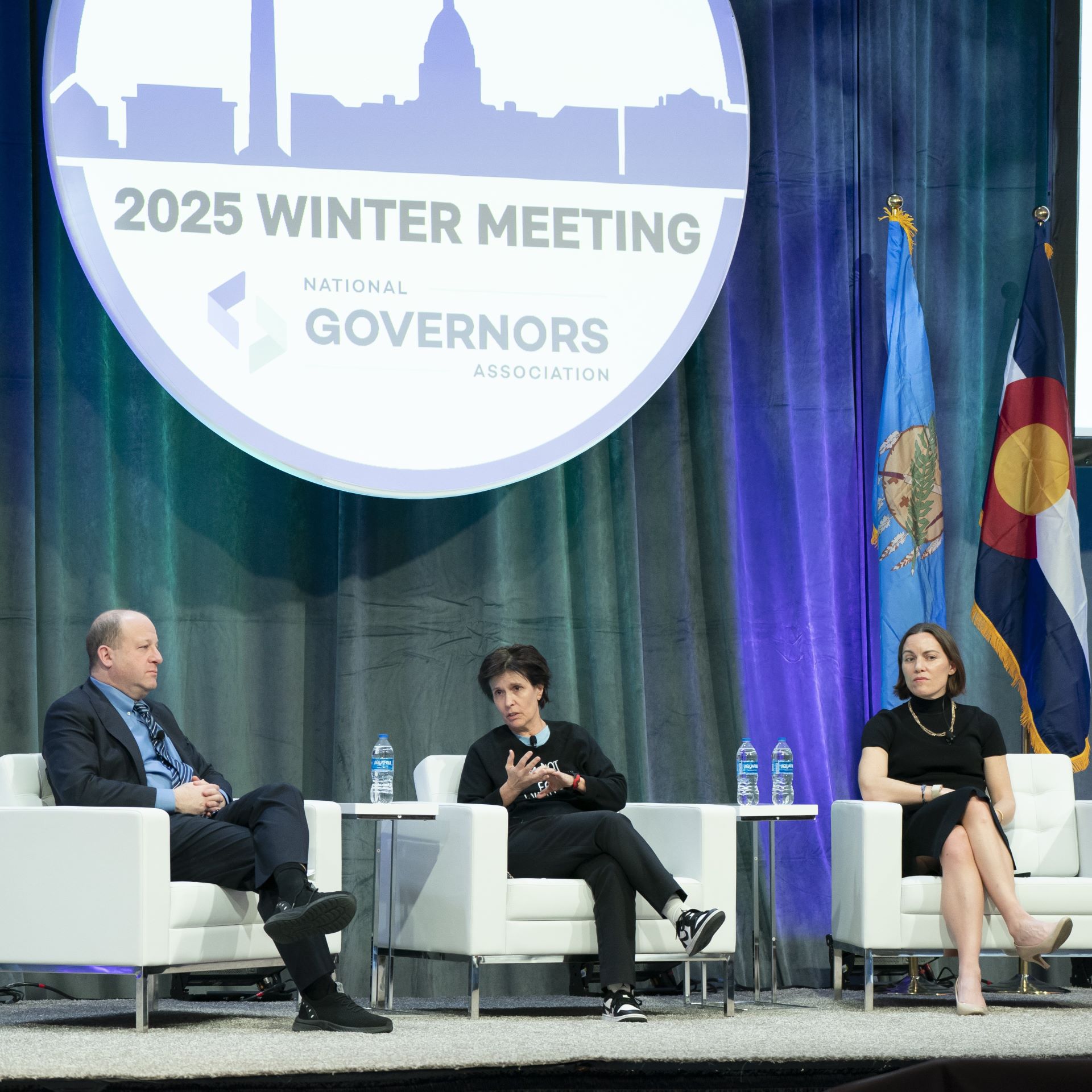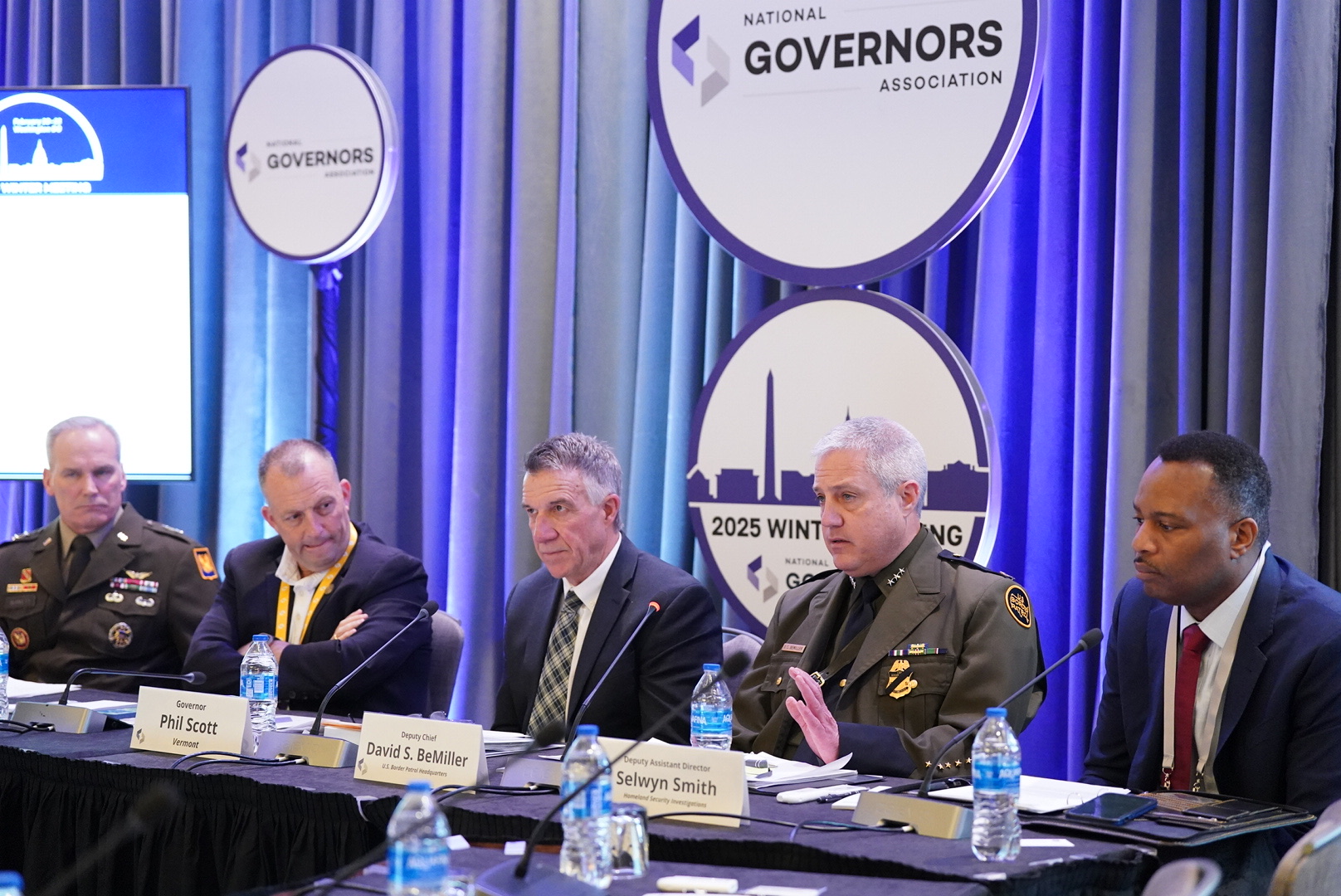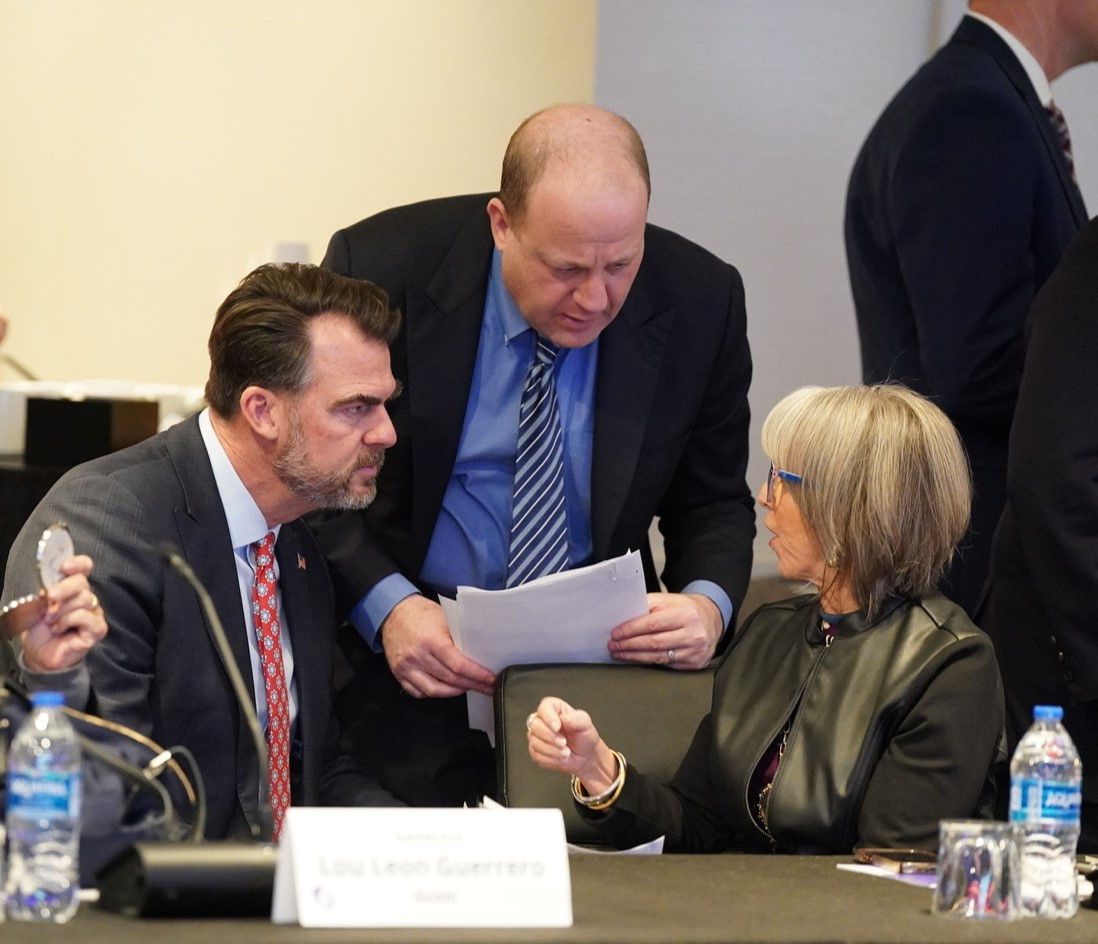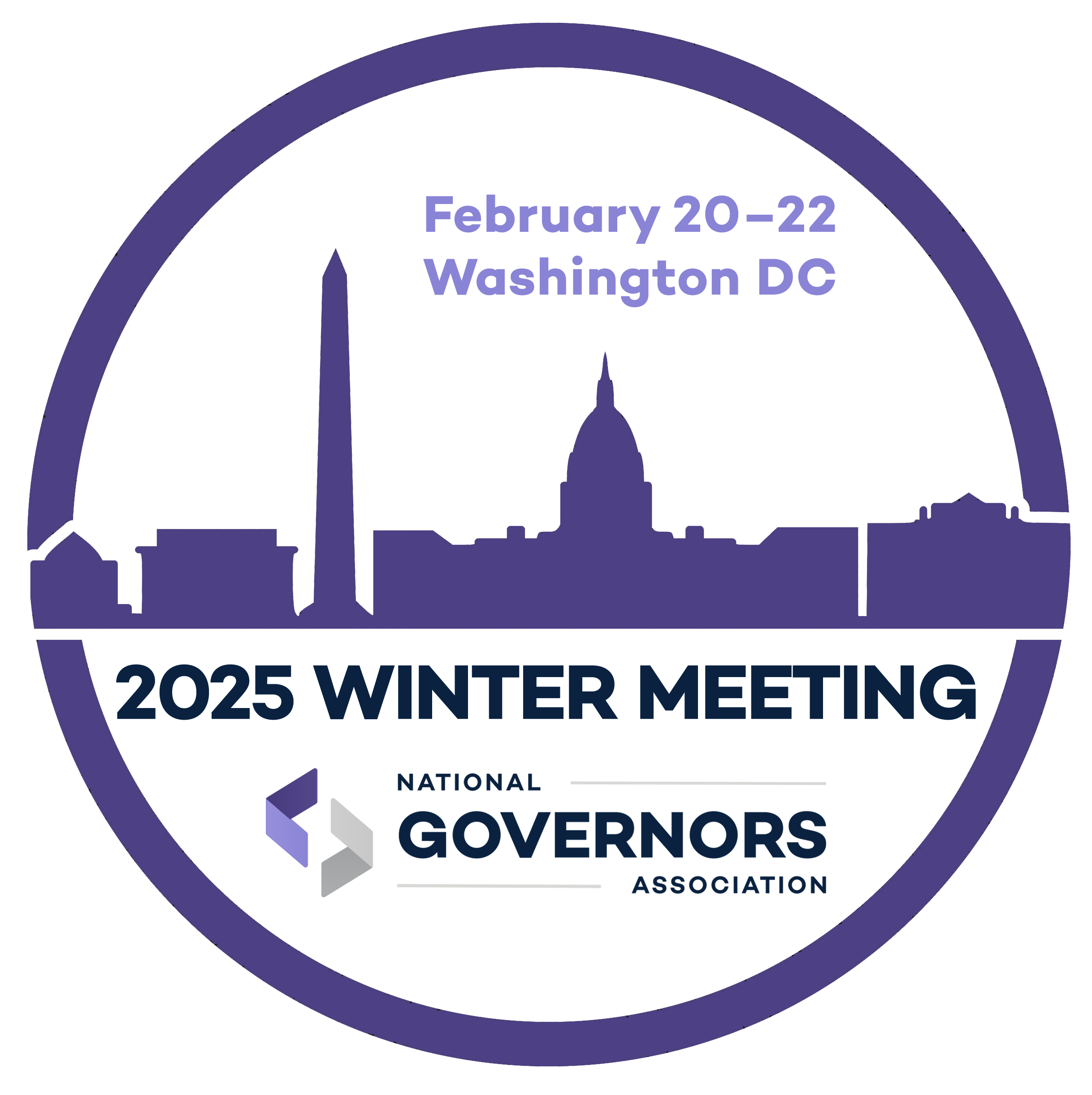In this webinar, Dr. Karen Hawley Miles, Chief Executive Officer, and Dr. Ventura Rodriguez, Partner of Education Resource Strategies provide an overview of strategic school staffing, including models underway across the country that are showing impact, and how Governors and states can help support these efforts.
Presenters
- Dr. Karen Hawley Miles, Chief Executive Officer, Education Resource Strategies
- Dr. Ventura Rodriguez, Partner, Education Resource Strategies
- Moderator: Seth Gerson, Program Director, K-12 Education, National Governors Association
Resources
- Education First, Strategic School Staffing Landscape Scan
- Education Resource Strategies Powerpoint
- Education Resource Strategies, The State Leader’s Role in Reimagining The Teaching Job
- Education Resource Strategies, Reimagining The Teaching Job
- Education Resource Strategies, Re-Envisioning The Teaching Role in Arizona
- Education Resource Strategies, The Vision: Reimagining The Teaching Job
- Education Resource Strategies, Breaking The Mold Without Breaking The Bank: A Guide To Transforming The Teaching Job
- ASU Next Education Workforce
- Public Impact, Opportunity Culture
Summary
The webinar began with a presentation titled “Why addressing the crisis in teaching requires state action (and is about so much more than salary).” Dr. Miller shared research shows considerable dissatisfaction with the teaching profession, leading many educators to leave the field. For example, research finds “just 16% of teachers would recommend teaching to a friend, family member, or acquaintance” and high poverty schools experience almost 50% higher teacher turnover.
In discussing the ongoing teaching shortage and its potential solutions, Dr. Miller stressed that the problem has been happening for decades and extends far beyond discussions related to salary dissatisfaction, with the need to consider matters more holistically and imaginatively, including exploring the overall attractiveness and flexibility of the teaching profession. Addressing the challenge, Dr. Miller stressed, is necessary because “improving student outcomes requires excellent teaching.” Additionally, Dr. Miller noted this matter has significant economic implications for states and the country with K-12 teachers making up the largest single profession in the United States and in many states.
“A lot of work [has been done] across the country doing survey and meetings and focus groups with teachers to” address the broken current model and develop proposals to structure teaching roles in ways that can prove more beneficial to educators and students, Dr. Miller asserted, making the case that that teaching roles should be:
- Dynamic – flexible roles that focus less time on non-instructional duties,
- Rewarding – competitive compensation that increases based on teachers’ contribution and impact,
- Collaborative – teaching teaches supported by instructional experts,
- Sustainable – adapt teachers’ workload and schedule so they can focus on teaching, and
- Diverse – welcome potential candidate of all backgrounds and foster school cultures and professional support that help retain teachers of color.
Making these proposed improvements, Dr. Miller, stressed “has to happen in the context of state leadership.” State leadership in critically important, she argues, to help create the conditions for changes and for school systems to innovate around the teaching profession.
Dr. Miller also argued state leadership is needed at a time when many school districts site financial constraints as a significant barrier to funding and implementing new, innovative policies that might help address the teaching shortage. Dr. Miller believes the “state role is to create space and cover for this critical work that needs to happen for the future of our nation’s schools.”
After Dr. Miller detailed the presenters’ vision for a “teaching job version 2.0 that allows us to think about not just recruitment and retention [but also about] fundamentally changing the work for teachers and ultimately the impact for kids,” Dr. Ventura detailed six big shifts that need to be made to organize schooling in a financially sustainable way:
- Moving away from rigid class sizes to enable targeted small group and individual instruction,
- Restructuring lock step compensation and career models,
- Creating student and teacher schedules that are more flexible and strategic,
- Organizing teams with deliberate educators assignments,
- Expanding learning time beyond school walls and
- Leveraging efficient and coherent use of technology and outside partners.
Making these shifts, Dr. Ventura shared, will require new educator compensation systems and new school designs. He also emphasized states and school districts need to work together to “articulate a vision” and “make it a priority.” Dr. Ventura continued, “this work is going to require bold leadership and partnership with key stakeholders.” Dr. Ventura also noted states have many different levers, such as state education agencies and state funding, that can be harnessed strategically to implement some of the innovative ideas shared during the webinar.
To help states work to implement new policies, Dr. Ventura’s organization Education Resource Strategies (ERS) developed a self-assessment tool states can use to help school districts identify potential actions they may want to take to implement new policies.
Dr. Ventura shared additional ideas states can consider to create incentives and provide support for innovation, including:
- Utilizing new or existing grants to support the transition to innovative models;
- Providing support for districts to utilize state and local data to analyze how current resources (people, time, money) are being used in alignment to their system priorities; and
- Develop tools and technical assistance to support districts in making key operational shifts.
The presenters also stressed the need to measure progress, scale success and ensure accountability and transparency, including:
- Measure and report key metrics linked to operational shifts, collect stakeholder feedback and continuously improve district support;
- Use data to identify what’s working and invest in networks, technical assistance, direct grants, and tools and resources to scale those successes;
- Hold schools and districts for student outcomes and transparently share data about schools and districts.
Dr. Ventura concluded the presentation by exploring examples of states that are implementing promising changes before offering a summary of the key information shared during the presentation regarding ways state leaders can bolster conditions to innovate the teaching job. Dr. Ventura believes the main conditions states should consider include: guidance and accountability, incentives and support, and statewide data tools.
More information about the ideas shared in the webinar can be found through the ERS and NGA websites. Questions can be sent to Seth Gerson.

